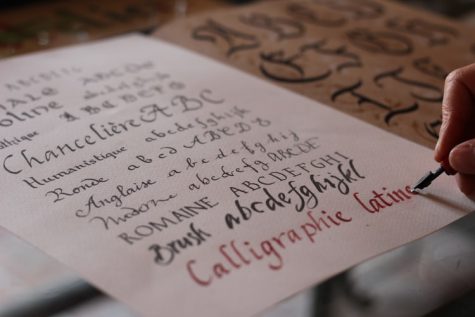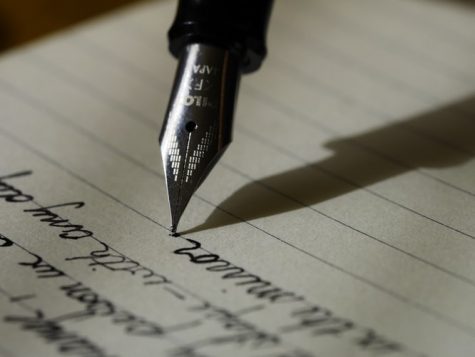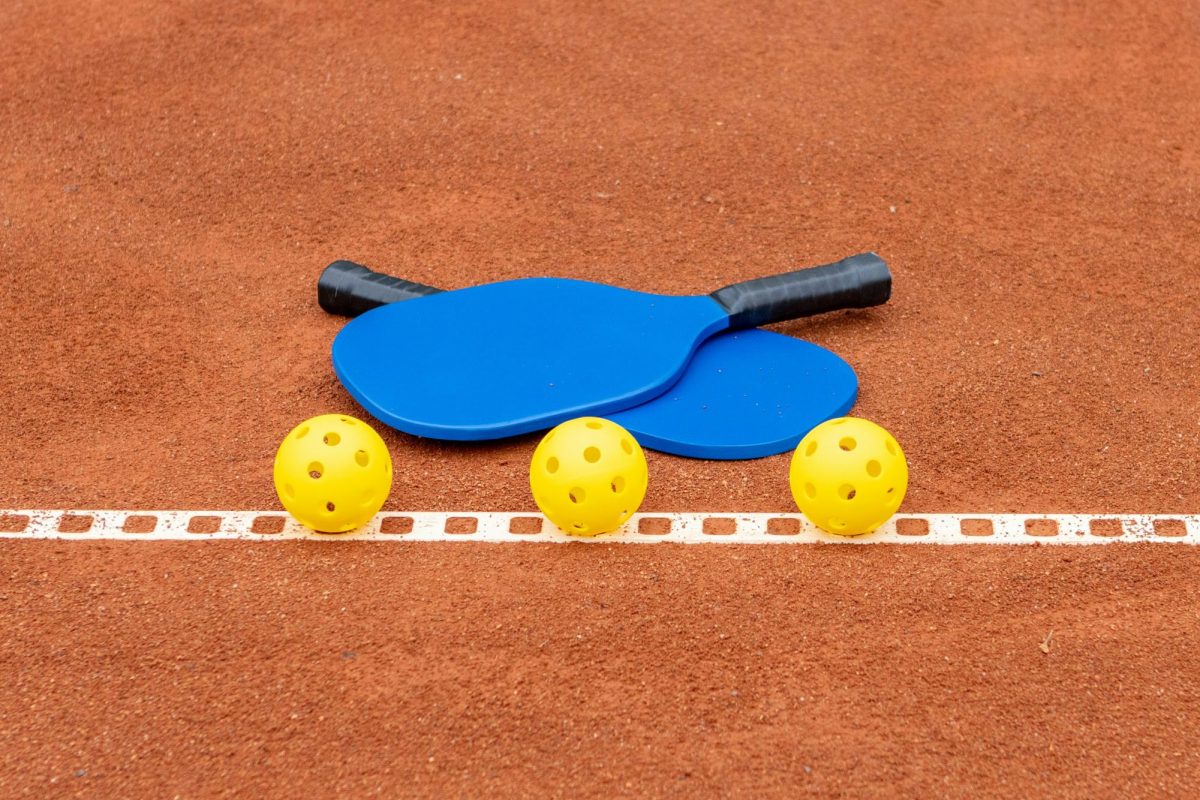Let’s admit it, some students have some pretty child-like handwriting, while others can easily communicate with their gorgeous writing skills that our elementary teachers loved. So why do some people have better handwriting than others? Does it vary case-by-case? Does it reflect your personality? Well, graphologists believe your handwriting speaks volumes about your personality and is even an expression of the subconscious.
First, what establishes good handwriting? Good and bad can be interpreted differently among students. “Good” handwriting can be recognised as neat, legible, and stylistic – while “Bad” handwriting can be recognised as hard to read, sloppy, and careless.
The standards of what makes good handwriting, at least in school, were established in our early years of learning, when most teachers would grade students based on their ability to copy a letter of the alphabet accurately – or something along those lines. This notion may have stuck with some students, believing that writing neatly and accurately is better, and would eventually earn them something.
Some people have handwriting so beautiful that it’s almost like art. That is where the line between everyday handwriting and calligraphy blurs. Calligraphy is practice of decorative handwriting, and seen as an artform. The super neat handwriting you may use, might borderline a sort of casual modern calligraphy.

Or maybe some people just put more effort into making their notes look organized, while others just want to document the information that they’re being given. Though, some people take it really far on either side, with words that are completely unreadable, or extremely extravagant. So what does this say about your personality?
Graphology is the analysis of patterns and characteristics in handwriting that claim to identify personality traits of a writer, and even their psychological state at the time. A study by graphologists says “Graphology is a discipline used in the determination, study, and interpretation of a person’s personality with the aid of spaces, curves, strokes in a handwritten text. According to Graphology, handwriting is nothing but an expression of the subconscious mind. It expresses various personality traits like how honest a person is, how afraid the person is etc.”
French psychologist Alfred Binet, the man thought to have created the IQ test, says that graphology is “science of the future” – but some call it pseudoscience.
According to The Infographics Show, some graphologists believe that a right slant in your writing could mean you are outgoing and open to new things, but a left slant could mean the opposite – that you are reserved and like to be alone. Writing with no slant can mean that you’re a logical, practical person, who’s not outwardly emotional.
Large letters may suggest a big personality and that you seek attention, while small letters mean the opposite. Medium sized letters might mean you’re somewhere in the middle, and perhaps well-adjusted.
People who write with big loops when joining their “L” to another letter are thought to be relaxed and spontaneous, whereas a loop-less L means the opposite – you’re seen as tense. The same is said for the eye of the letter “e” -the bigger the loop, the more open you are.
Space between letters can also determine characteristics. Spaced out letters suggest that you don’t like to be crowded and like your space. Close letters can mean you get lonely easily and enjoy being around people most of the time – you might also fail to give others enough space.
Rounded style letter may mean that you are “artistic and creative.” Pointy, sharp-edged letters can mean that you’re aggressive, but intelligent and curious. Some people have a joint style with both sharp-edged letters and rounded letters which means you are practical, like systems in your life, and think a lot about your decisions.
If the dot of the “i” is higher above the stick of the “i,” you are thought to have an abundant imagination, while a lower dot would mean you are organized and pay attention to detail. Bubble dots on an “i” suggest that you have a child-like curiosity about the world, and may be a visionary. Dots that are more of a slash on the “i” mean you’re impatient and have “no time for people who make mistakes.”
Crossing your “t” near the top means you are optimistic and have a good opinion of yourself. Crossing the “t” in the middle suggests that you’re confident and well balanced. Long crossed means you’re determined, and enthusiastic, but also stubborn. People who cross their “t” at the bottom are thought to be lazy and unmotivated to do much.
Characteristics based on writing can be seen as reliable as characteristics based on horoscopes. Again, graphology is often seen as pseudoscience, so it’s up to you whether or not you want to believe it.

According to Livescience, “genetics also play a role in shaping how a person dots their i’s and crosses their t’s. Handwriting is influenced by a person’s anatomy, for example, bone structure affects how one holds a pen. Hand-eye coordination, muscle memory and mental ability in copying proper penmanship also influence writing […] Handwriting can change over time as these physical and mental characteristics change.”
Although, genetics only go so far. People who have handwriting similar to their parents or relatives, likely copied it subconsciously.
Although handwriting is a basic action for most, this generation probably doesn’t get as much practice as previous ones. With computers and iPhones, many students type everything, or even use the voice tool. Handwriting is often used recreationally for things, such as personal notes, song writing, and journaling.
There is no problem in taking pride in your handwriting, whether it’s “good” or not. As long as your writing suffices for its purpose, you’re in business. If you’re the only one who’s going to read your notes, it’s understandable to write however carelessly you want, as long as you can read them yourself. If you’re writing for others to see, or like your writing to be organized, you might want to make sure everything is neat and easy to read.
If you hate your handwriting, don’t worry, you can always change it. The older you are, the harder it may be because of muscle memory, but it can be done with determination.
__
For more information or news tips, or if you see an error in this story or have any compliments or concerns, contact editor@unfspinnaker.com.

















Kiran Kumar | Jan 16, 2025 at 11:06 am
How to paste handwriting cheaing